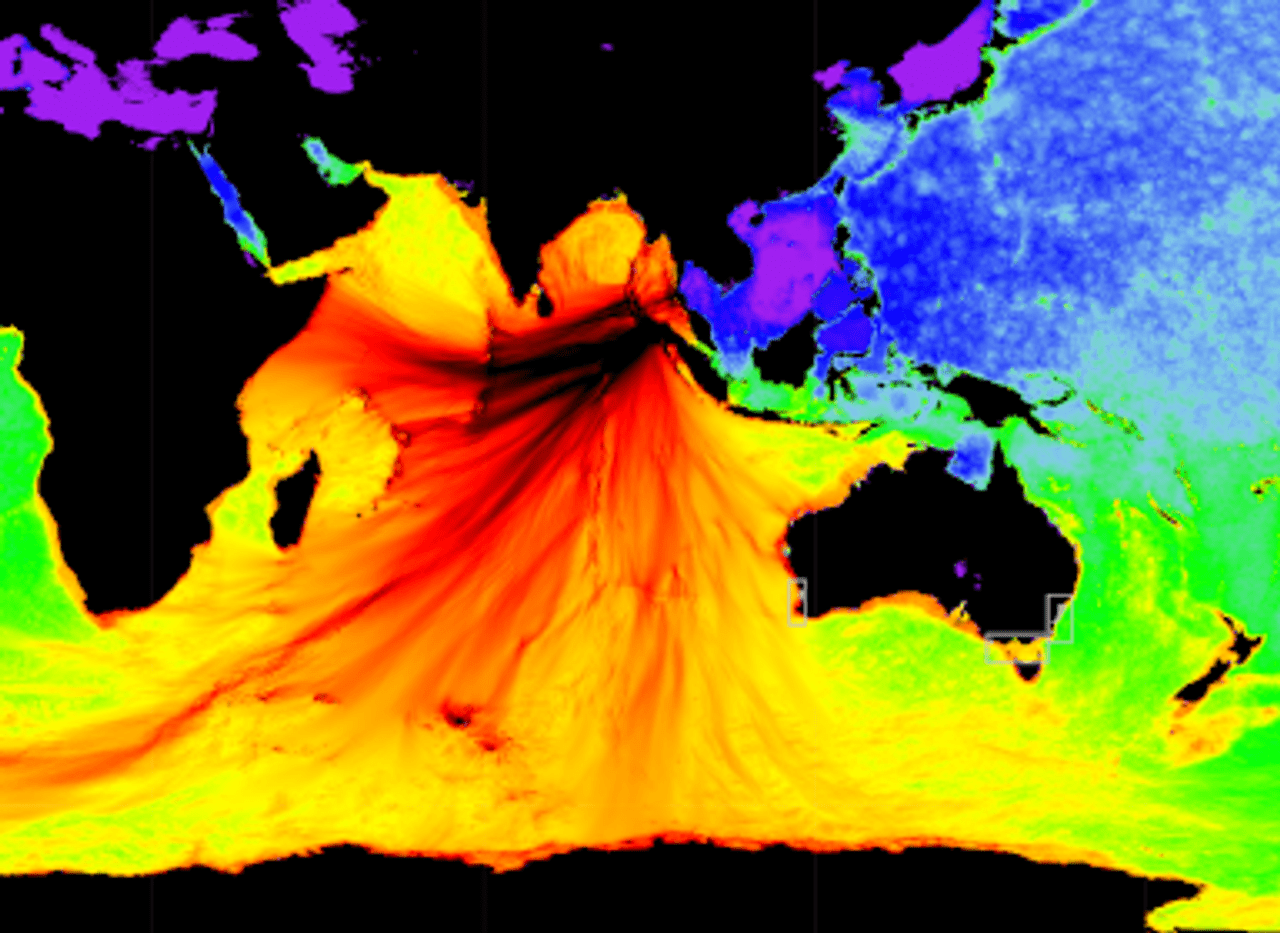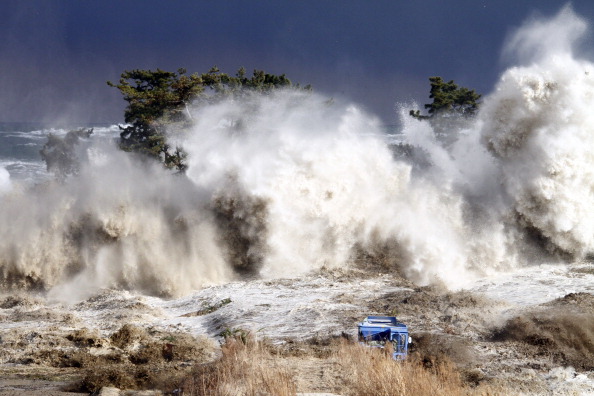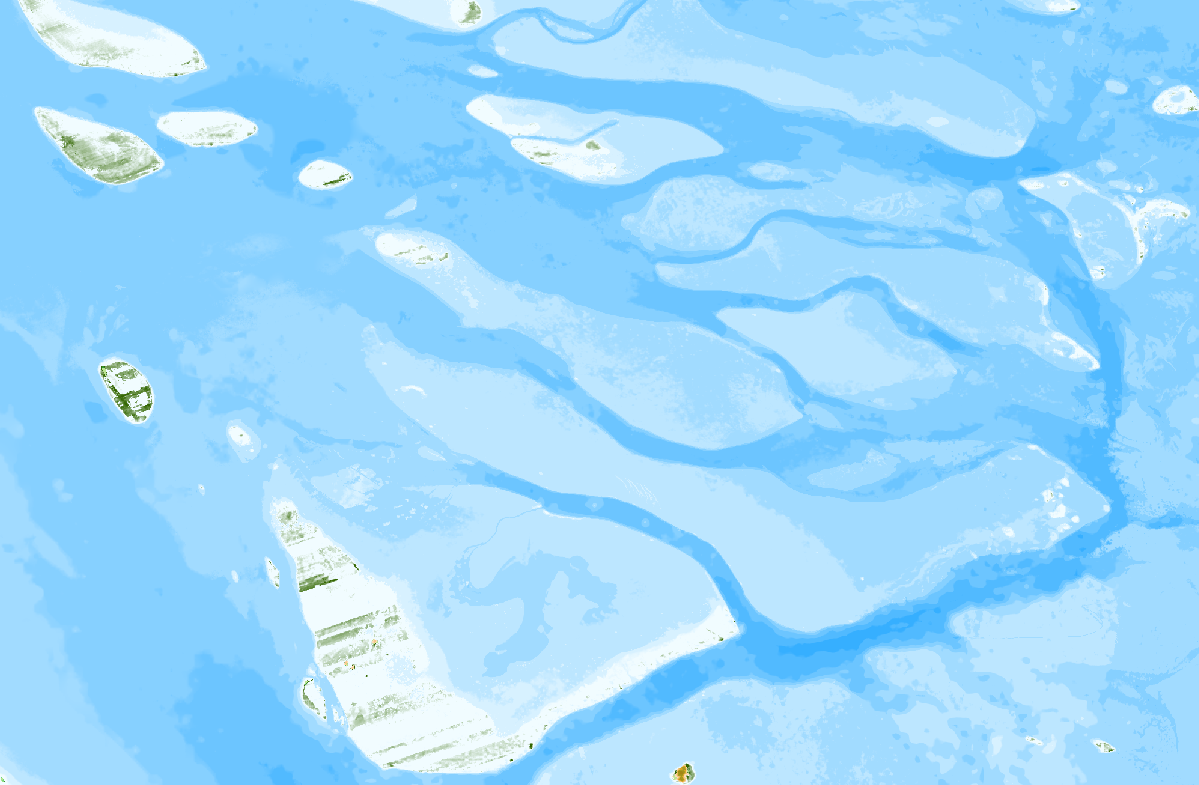Project Mapping and modelling the impact of earthquake-generated tsunamis on the coastal communities of Western Australia
How Geoscience Australia is creating evidence-based inundation maps to guide emergency management planning for earthquake-generated tsunamis.
Page last updated:18 June 2024

The problem
Understanding the potential effects of an earthquake-generated tsunami on the Western Australian coast
One of the world’s most devastating tsunamis was the 2004 Indian Ocean tsunami, which claimed close to 250,000 lives. Although the epicentre was off the coast of Sumatra, abnormal currents and tides were recorded 3,000 kilometres away in Western Australia. Many boats were damaged, water inundated the foreshore in several coastal towns, and around 35 people were caught in dangerous rip currents and had to be rescued.
The Western Australia Natural Hazards Risk Profile 2017 identifies that a future tsunami in Western Australia (WA) could have a devastating impact on low-lying coastal areas, resulting in loss of life and livelihoods, catastrophic damage to commercial buildings, residential property, marinas and ports, and significant disruption to a large proportion of the state’s population.
If a large tsunami was generated by an earthquake on the Sunda-Arc subduction zone, WA emergency services would receive a warning, and have just a few hours to mount a response prior to the wave arrival.
A current lack of tsunami inundation mapping and modelling has been identified as a major gap in both Australia’s current National Disaster Risk Reduction Framework and WA’s ability to plan and prepare for such an event. Having an evidence-based understanding of the potential impact of a WA tsunami event allows stakeholders to address tsunami risk accurately across policies, programs and investments. It will also enable the creation of locally led place-based disaster risk reduction efforts.
This picture taken on March 11, 2011 and shows tsunami waves hitting the coast of Minamisoma in Fukushima prefecture. The number of people confirmed dead or listed as missing in Japan neared 22,000, 10 days after a massive earthquake and tsunami struck the country's northeast coast. SADATSUGU TOMIZAWA/AFP via Getty Images.
What we’re doing
Using data to create an evidence-based understanding of tsunami risk
From July 2021 to June 2024, Geoscience Australia is working with the Western Australian Department of Fire and Emergency Services (DFES), to build an updated model of the potential impacts of coastal inundation along the Western Australian coastline. Through the Western Australia Tsunami Inundation Modelling and Mapping (WA-TIMM) project, we are:
- collecting and compiling coastal elevation and bathymetric data to enable accurate computational modelling and mapping of seafloor topography
- developing updated onshore inundation models for scenarios in Geoscience Australia’s 2018 Probabilistic Tsunami Hazard Assessment (PTHA18), which provides nationally consistent estimates of the size and frequency of tsunamis generated by subduction earthquakes
- ensuring tsunami inundation maps are available to emergency managers for guidance in responding to the threat of a tsunami
This will contribute towards the broader objectives of the project which aims to:
- Understanding the impacts based on exposure and vulnerability data for WA coastal towns using Australian Bureau of Statistics (ABS) Census information, National Exposure Information System (NEXIS) data and other spatial datasets
- identifying exposed and vulnerable location-specific infrastructure, community assets and industries, and potential tsunami evacuation challenges
- helping DFES to accurately quantify the costs associated with a significant tsunami event. This allows the insurance industry to gain a better understanding of the potential financial impact to coastal areas so it can better support community recovery.
Geoscience Australia works with state and local governments and the emergency management industry sector across Australia to develop local hazard assessments. For more information, contact hazards@ga.gov.au
Looking forward
Enhancing tsunami expertise and modelling capabilities across multiple agencies
- The WA-TIMM project will see collaboration between Geoscience Australia’s world-leading tsunami scientists and experts in disaster risk planning from the Department of Fire and Emergency Services, boosting DFES’s in-house understanding of tsunami hazards and emergency responses.
- Data and insights from the WA-TIMM project will be used to develop a WA State Tsunami Guide and amend the current WA State Hazard Plan – Tsunami publication.
- Geoscience Australia and DFES will share the inundation maps and tsunami modelling from this project with coastal communities, providing local governments, small and medium-sized businesses and property owners with evidence to inform their risk mitigation strategies and future investment decisions.
- Geoscience Australia’s research will facilitate DFES and local governments in developing targeted hazard-awareness messaging for those living and working in coastal inundation zones. This increased education and awareness will help community members understand what to do during a tsunami and how they can guard against potential impacts.
- The WA-TIMM project will allow community stakeholders to create realistic evacuation plans and targeted emergency response strategies.
- The consolidation of existing coastal elevation data across this project will help to guide data collection initiatives for future research, including studies in storm surge inundation and coastal erosion.
How we can help you
Contact us to gain a better understanding of the tsunami risk in your state, region or sector, so you can develop targeted and effective risk mitigation and risk reduction strategies.
Our tsunami resources can help identify your region’s high-threat areas so you can make better-informed natural hazard decisions.
Email hazards@ga.gov.au






